What Are They Saying? Decoding Swimmer Jargon
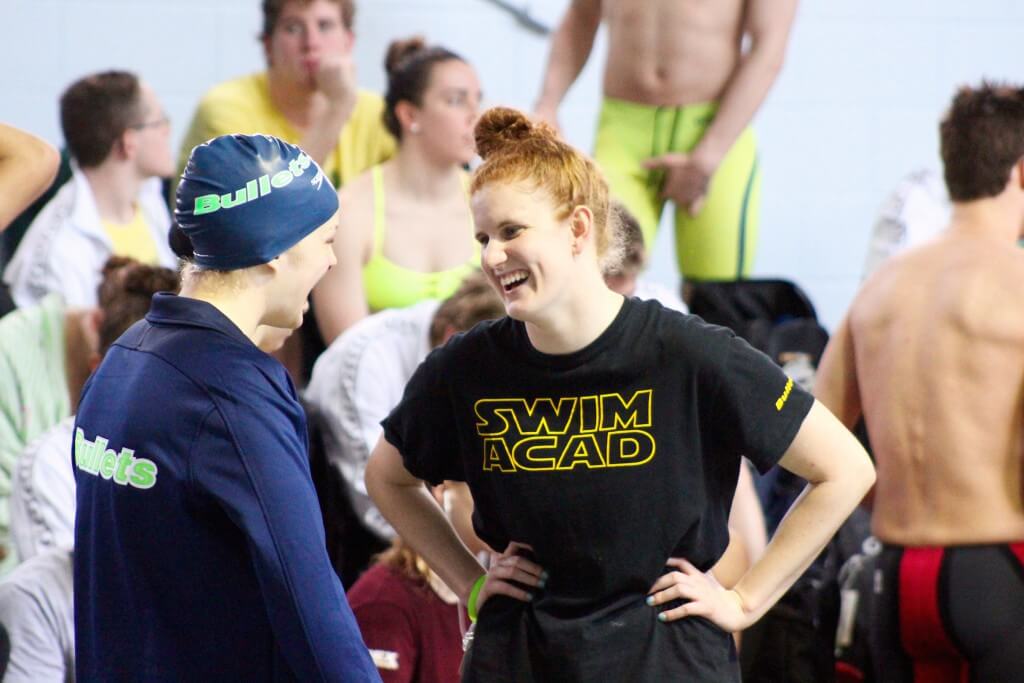
What Are They Saying? Decoding Swimmer Jargon
By Makena Markert, Swimming World College Intern.
There’s medical jargon and legal jargon, but we also have swimmer jargon! Swimmers have a language of their own, and sometimes it can be difficult to decode. Undoubtedly, the general population wouldn’t understand or relate to some terms swimmers use routinely. The phrases “on the top” and “dryland” probably sound funny to non-swimmers who don’t know much about the sport, but using these terms seems to be second nature to swimmers. That being said, here is a guide to decoding this so-called swimmer jargon.
1. DQ

Photo Courtesy: Peter H. Bick
Ice cream isn’t the first thing to come to mind when a swimmer hears “DQ.” Most people immediately think of Dairy Queen; however, swimmers usually cringe at the sound of DQ because it typically refers to a disqualification. No swimmer likes putting his or her heart and soul into a race only to get DQed.
2. Taper
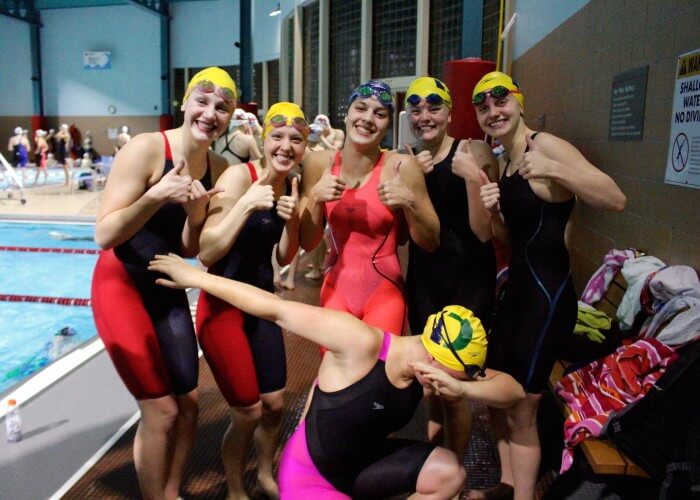
Photo Courtesy: Taylor Brien
Taper is a magical word. Not many people hear the word “taper” and light up, but it’s a completely different story for swimmers. Taper means workouts are reduced in some way, often in preparation for a big meet. Rest! Hooray!
3. Sleeping in
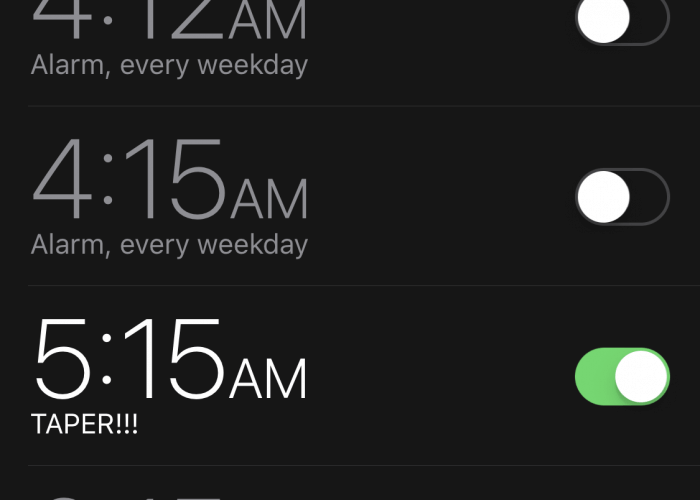
Photo Courtesy: Makena Markert
Sleeping in means something entirely different to swimmers than to their non-swimmer counterparts. Non-swimmers may consider sleeping in to be waking up at noon when their bodies feel refreshed, revitalized, and ready to tackle a new day. But swimmers? We call it sleeping in when practice starts at six in the morning instead of at five during taper.
4. Dryland
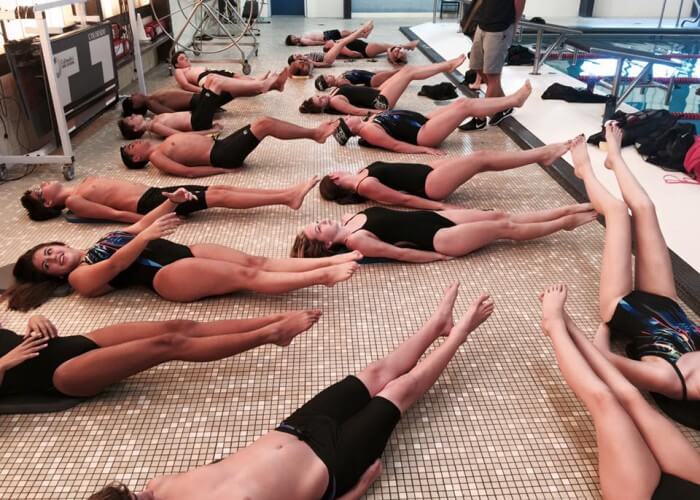
Photo Courtesy: Andreas Roestenberg
When swimmers hear the term “dryland,” exercise on the pool deck likely comes to mind. However, a non-swimmer may think the term is strange and redundant. Non-swimmers may say, “Duh, dry land isn’t wet.” Well, that’s exactly why swimmers use the term “dryland” when referring to exercise performed out of the pool, such as squats, planks, burpees, lunges, medicine ball exercises or resistance band work.
5. On the top/bottom
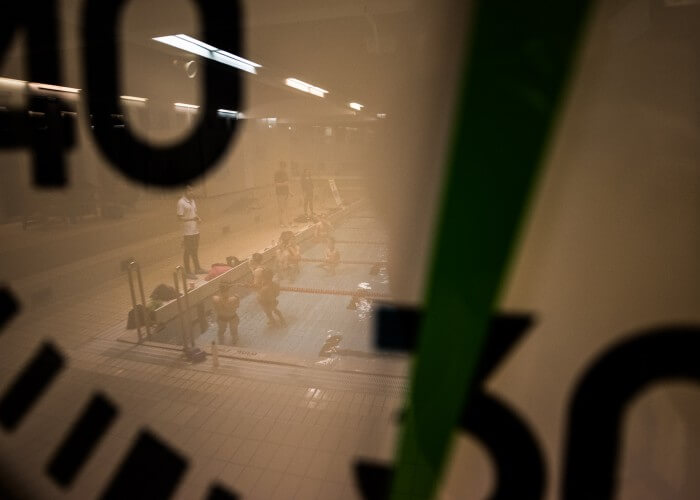
Photo Courtesy: Robin Sparf
On the the top refers to a point in time. It doesn’t mean on the top of a shelf or any such reference; it means you’re pushing off the wall when the clock hits the 60-second mark. Likewise, “on the bottom” refers to when the clock hits the 30-second mark. This wording makes more sense when looking at the typical analog pace clock used by many pools. The second hand points upward at the 60-second mark, while it points downward at the 30-second mark.
6. Cuts and Scratches
Cuts and scratches are not injuries in the world of swimming. Cuts refer to time standards necessary to qualify for a particular meet. To scratch is to withdraw yourself from a single event, or an entire meet altogether.
7. Circle swimming

Photo Courtesy: Glenn Mills
Circle swimming doesn’t mean swimming in a circle, unless you consider an oblong oval a circle. Circle swimming refers to the pattern of swimming within a lane where swimmers swim down one side of the lane (typically the right side), and back on the other. Another commonly accepted way to share a lane is by splitting it, i.e. when each swimmer uses half of the lane and remains on this half without crossing over the center line. This works when only two swimmers are sharing a lane.
8. Seeds
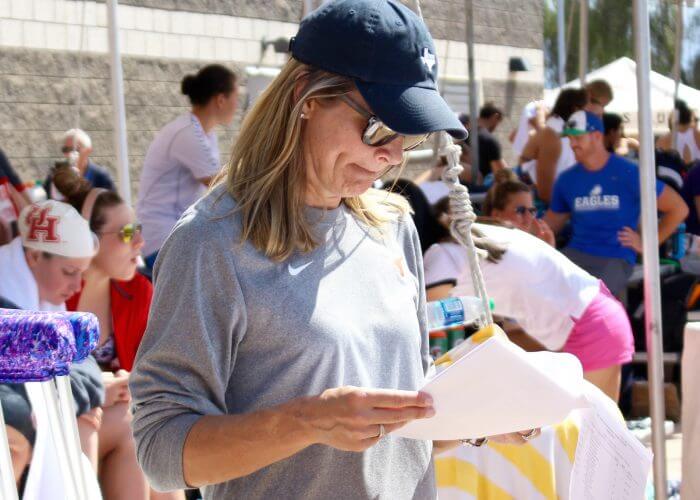
Photo Courtesy: Taylor Brien
When swimmers hear “seeds,” they do not immediately think of planting or gardening. Your seed refers to how you are ranked compared to the rest of the field prior to a competition. So if you are the “top seed,” you are the swimmer with the fastest time in that event.
Swimmer jargon certainly exists. Whether you’re new to the sport and trying to get a hang of the lingo or a swim parent trying to learn the ropes, this guide can help you get a head start!
All commentaries are the opinion of the author and do not necessarily reflect the views of Swimming World Magazine nor its staff.



